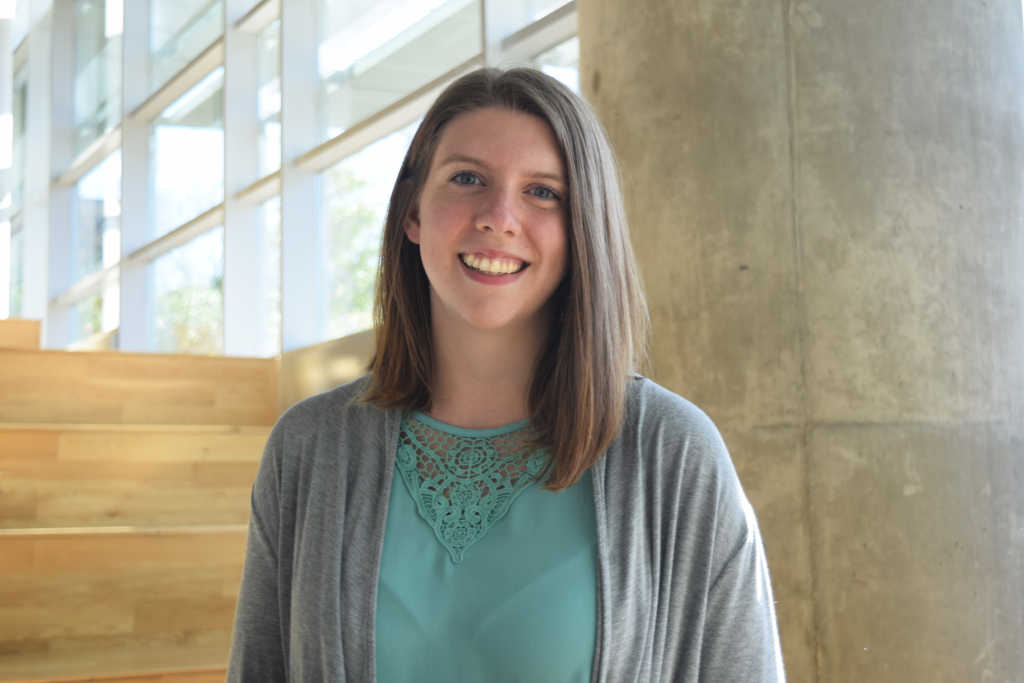
Sometimes when I’m feeling lazy or if it’s 90 degrees with 65% humidity out, I like to take the bus. This has usually backfired on me.
There is the occasional lucky happenstance when I arrive at the bus stop only moments before the bus pulls up. These few moments are surrounded by times where I pull out my phone and open the NextBus app to see one of two scenarios. Either the bus I wanted to catch has just passed or the app is showing no buses at all. I’m left to walk or wait the 20+ minutes until the next bus shows up (maybe).
I believe there are a handful of culprits here. First, there’s the problem of limited buses in the summer, which is understandable as there are less students and less traffic overall. But the temperatures are also hotter, and almost every day there’s a pop-up thunderstorm that often make walking to class inconvenient. Perhaps Tech could run smaller buses more frequently. Smaller buses better cater to the summer campus population while still offering a reprieve from the weather.
Or perhaps the problem is coming up with a bus app that works consistently — consistently being the key word here. Buses that mysteriously disappear and reappear. The dreaded “No Predictions” marker during normal operating hours. Buses bunching up and showing up at the same stop right after a previous bus. The problems not caused by fewer buses running seem to stem from the NextBus app itself.
Without proper transportation, many people have to walk from campus to the MARTA station as part of his or her daily commute. In scorching temperatures during the Atlanta summer, this is not only inconvenient, but dangerous. A working bus app would at least allow students and faculty to plan to stay in an air conditioned building until the bus is about to arrive.
It seems like an easy problem. Stick a GPS in each bus and update the signal while taking into account the average daily traffic patterns. A Georgia Tech student could build a better bus app. But even during the regular term when the bus app regularly shows buses and predictions, the estimated arrival times are always off.
This particular problem seems to plague MARTA as well, with incorrect wait times and predictions on Marta’s signs. Perhaps Atlanta is destined to be a city made for Uber and see public transport as an effective means of transportation fade into the past (assuming we’re not at that point already).
It’s also possible that the foundation of public transportation at Tech specifically is cracked. Since I was a freshman, the Transportation Fee has increased 5% while other fees like the ones for athletics, technology and recreation have stayed the same. With both undergrads and grad students paying this mandatory fee, PTS brings in about $2,125,000 a semester. According to their website, this accounts for 76% of their transportation revenue sources. Of the total revenue, 73% goes to the contracted buses and trolley services. A quick Google search shows a new bus costs around $400,000. It would seem that PTS’ revenue warrants better service or maybe better communication with drivers to avoid bus bunching and other workable solutions.
The bottom line is that there is an issue surrounding buses — an issue that is glaringly revealed in the summer. The purpose of having buses and trolleys running is for the ease of transportation of Tech students, faculty and staff. Whether it’s NextBus or Parking & Transportation, there is a failure in Tech’s transportation system that becomes a major inconvenience for people who depend on the bus system as a part of their daily lives.
At least for the time being, it seems the best solution is to try and memorize the bus pattern yourself and become your own bus predictor. Or just walk.
